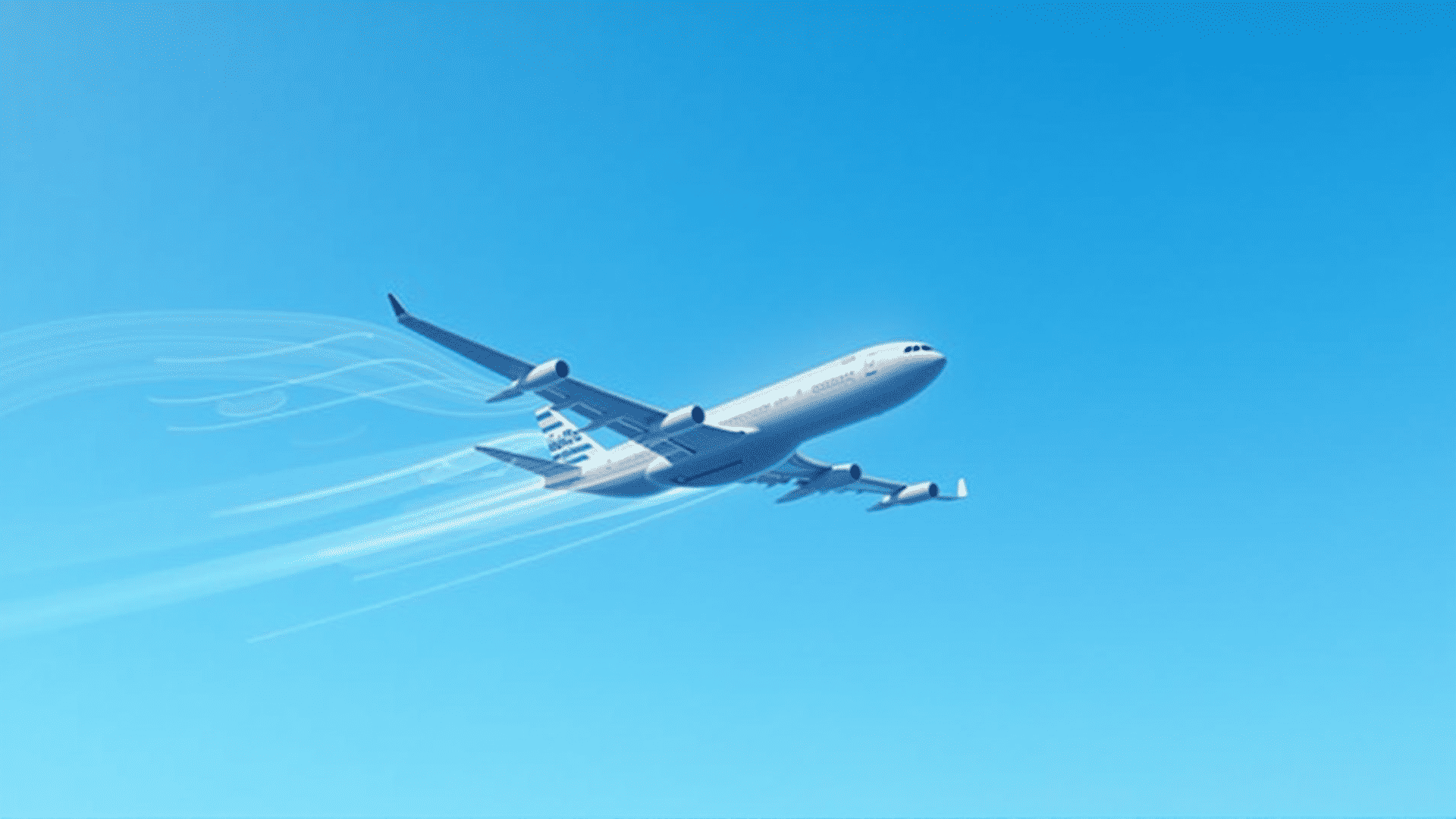Air travel has become a common mode of transportation, yet the intricate dance of physics that allows aircraft to soar through the skies remains a marvel. Understanding aircraft dynamics involves comprehending the complex interplay of forces and controls that allow pilots to navigate a wide range of flying conditions. Insights from seasoned aviators reveal the expertise required to handle these dynamics with finesse.
At the heart of aircraft dynamics is the balance of four fundamental forces: lift, weight, thrust, and drag. Lift must counteract weight for an aircraft to climb or maintain altitude, while thrust must overcome drag for propulsion. This balance is not static; changing conditions, such as varying air density, weather, and aircraft load, require pilots to constantly adjust.
Lift generation is primarily attributed to the aircraft's wings, which are designed to exploit Bernoulli's principle and Newton’s third law. Air moving over the curved upper surface of a wing travels faster than the air below, creating lower pressure above the wing and higher pressure below, thus producing lift. Pilots adjust this lift by manipulating control surfaces such as ailerons and flaps, allowing them to ascend, descend, or maneuver the aircraft.
Thrust, produced by engines or propellers, must adjust in response to conditions like airspeed and altitude. For example, at higher altitudes where air is thinner, engines may need to work harder to maintain the same thrust as at sea level. Thrust must also adapt to different phases of flight, from the high power needed during takeoff to the efficient cruise settings optimal for fuel conservation.
Drag, the aerodynamic resistance opposing the forward motion, plays a critical role as well. Pilots manage drag by streamlining their craft and using control surfaces judiciously. Airspeed is a significant factor in drag; too high, and parasitic drag increases substantially. Hence, aviators use a careful blend of thrust and aerodynamic adjustments to maintain the aircraft's speed during flight.
Handling aircraft dynamics becomes particularly challenging in turbulent conditions. Navigating through turbulence requires skill and steadiness. Experienced pilots often rely on autopilot systems to maintain stability, allowing them to focus on adjusting speed and altitude as needed. In more severe turbulence, such as that caused by thunderstorms, pilots must make instantaneous decisions to ensure the safety and comfort of passengers.
Pilots are also trained to handle specific scenarios like crosswind landings, where winds blowing perpendicular to the runway can make steering and touchdown particularly challenging. Aviators use techniques such as crabbing, where the nose of the aircraft is pointed slightly into the wind, or side-slipping, to realign with the runway during landing.
Furthermore, understanding the human element is crucial. Pilots are trained to remain calm and clear-headed, using their understanding of aircraft dynamics to respond effectively to unexpected situations. Regular simulation training ensures they are equipped to handle mechanical failures or sudden weather changes.
The marriage of physics with human skill and intuition underscores the complexity of aircraft dynamics. By continuously learning and adapting, pilots ensure that each flight remains a testament to the resilience and capability of human ingenuity in the face of nature's challenges. The insights from aviators highlight not only the technical but also the practical expertise required to harmonize these dynamics, ensuring that each journey through the skies is as safe and efficient as it is awe-inspiring.
